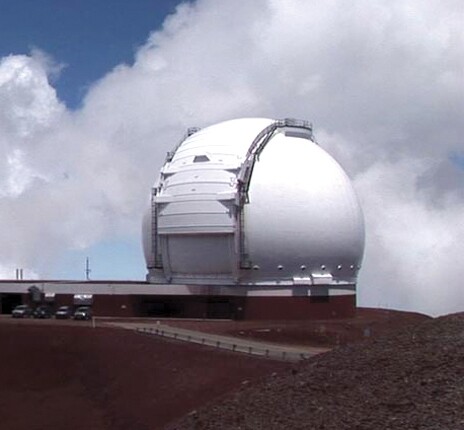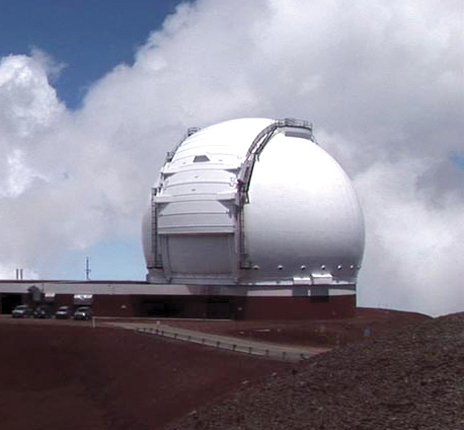Lithium isotope abundances test Big Bang nucleosynthesis
DOI: 10.1063/PT.3.2070
Six stable isotopes of hydrogen, helium, and lithium are thought to be the only nuclear species left over from the Big Bang. Their relative primordial abundances are tightly constrained by the theory of Big Bang nucleosynthesis (BBNS) and the well-determined present cosmological density of ordinary (non-dark) matter. Of the six, only the two lithium isotopes, 7Li and the even scarcer 6Li, seem to challenge the BBNS predictions. Spectroscopic observations of very old stars have appeared to show a moderate shortfall of 7Li and an immoderate excess of 6Li. Theory predicts a primordial 6Li admixture so tiny that it should be absolutely undetectable in such spectra. The apparent detection of 6Li had been the more puzzling of the two lithium problems. But the two problems exacerbate each other. Plausible astrophysical mechanisms, such as Li destruction in stellar interiors, that might well explain the 7Li shortfall would worsen the 6Li excess. Now Karin Lind (Max Planck Institute for Astrophysics) and colleagues have availed themselves of a high-resolution spectrometer on the 10-meter Keck-I telescope (shown here) to take a fresh look at several old stars that had yielded the strongest 6Li signals. Because the Li absorption lines are much wider than the isotope shifts, deducing the tiny 6Li fraction depends on details of the absorption-line shapes which, in turn, depend on details of the turbulent stellar atmospheres. Analyzing the high-resolution line shapes with a sophisticated new three-dimensional stellar model that drops questionable thermodynamic assumptions, Lind and company report that the new spectra no longer yield any significant detection of 6Li. (K. Lind et al., Astron. Astrophys. 544, A96, 2013, doi:10.1051/0004-6361/201321406


